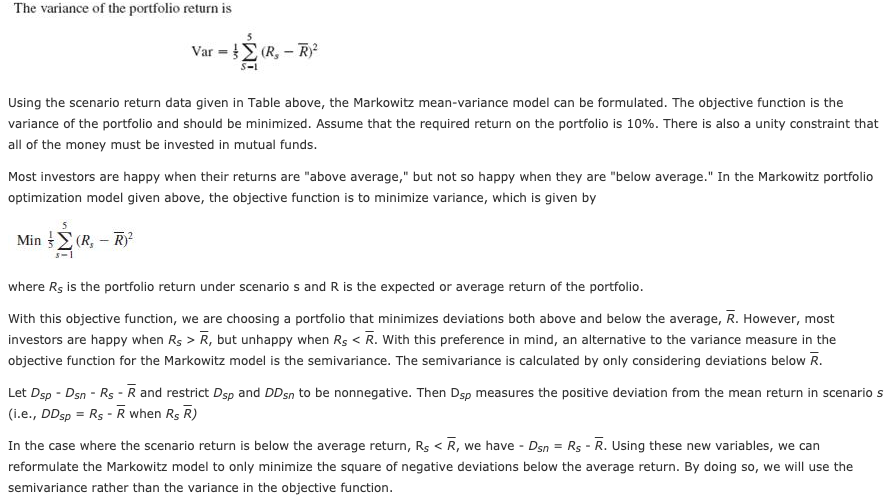Other questions asked by students
Electrical Engineering
1.2K views
how to solve the bouncing issues when using the HCSR04 sensor
Operations Management
1.2K views
Biology
1.2K views
5 Which gas es are created in the light dependent reactions of photosynthesis a O...
Physics
1.2K views
the values of two resistances are and R 10 0 0 1 The when they...
Geometry
1.2K views
Algebra
1.2K views
Accounting
1.2K views
you are asked to give your opinion on which company to invest in (Your responsibility...
Accounting
1.2K views
Accounting
1.2K views



